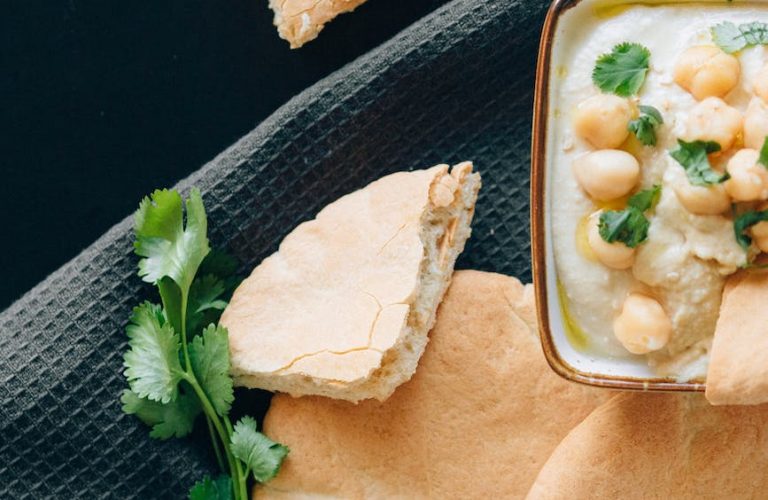The Greeks called it Mesopotamia – the land between two rivers – and it is the cradle of civilization. The two rivers were the Tigris and the Euphrates and in the southern part of Mesopotamia where the rivers met lived the first civilization, that of the Sumerians. In northern Mesopotamia is Assyria, an area with mountain ranges and fertile fields. Here, in the valleys of Nineveh and Arbel, are the fields that sustained the first organized civilization.
The term ‘Middle East’ refers, not merely to the age-old area of Mesopotamia, but includes Egypt, Lebanon, Jordan, Saudi Arabia, Israel, along with the nations of Afghanistan, Kuwait, Yemen, Armenia, Oman, UAE and others. From the other side we have countries of the Maghreb which include Morocco, Algeria, Tunisia, Libya and even Mauritania. The area is vast and encompasses all the varied foods of southern Europe, northern Africa and the Middle Eastern countries that surround the Mediterranean. This cuisine depends on its abundance of fruits, grains, legumes, vegetables, nuts, olive oil, roasted flavors and spices to provide great variety and healthy life. So you see, we have plenty to read and learn about. Some countries in this region have similar cuisines, but we will be adventurers while we cook, and while we learn and discover more about this varied area of the globe.Overlapping in part with the Eastern Mediterranean, the Middle East has formed the cradle of Islamic civilization since the 8th century, and Its cuisine reflects the different cultures that have influenced this civilization. There is no difference between Jewish cuisine and Israeli cuisine. But Israel was settled by people from countries all over Europe and the Mideast, and there is difference between Ashkenazic and Sephardic cuisine. Ashkenazic relates to Jewish people (immigrants) from east and west Europe, while Sephardic relates to Jewish people from middle east countries. The Sephardic food is full of aromatic spices and herbs, is spicier and livelier in general than Ashkenazic cooking which is sweeter. What creates difference, in the way of eating in Israel, is almost exclusively connected with holidays and the question of kashrut. For example, I don’t keep the law of kashrut, which gives me the opportunity to eat ham and other foods which are forbidden in the bible. Yes, there is a pig’s farm in Israel. This is a complex subject that we will unravel as we go along.
Let us sail the Mediterranean, the Red Sea, the Sea of Marmara, travel the lands of cous-cous and tagines, of fig trees, date palms, and olives, of vibrant herbs and spices that so mark the food of this region.


